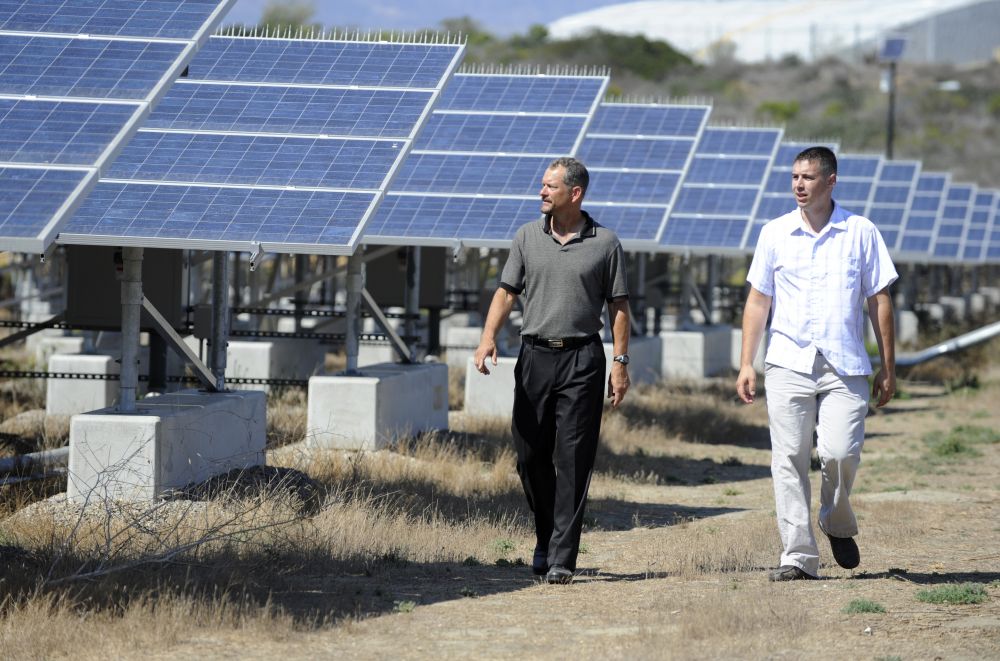Indigenous people are more involved in community renewable energy projects than ever
Lumos Energy, a Canadian clean energy advisor to indigenous communities released a new report where it found that clean energy projects with participation from indigenous communities have steeply increased during the past 10 years.

Lumos Energy, a Canadian clean energy advisor to indigenous communities released a new report where it found that clean energy projects with participation from indigenous communities have steeply increased during the past 10 years.
The “Powering Reconciliation: a Survey of Indigenous Participation in Canada’s Growing Clean Energy Economy” report explains that in 2008 there were 26 recorded energy projects developed with indigenous communities engagement, whereas the number has now increased to 152.
The number represents medium utility scale over 1MW projects, but there are also 1,200 small projects across Canada.
63 percent of these projects are hydro and 24 percent wind projects.
According to the research, the number of power projects accounts for nearly one-fifth of Canada’s overall electricity production infrastructure and is enough to power 7.5-9.5 million households.
Communities were involved in these projects in various ways, as owners or partners, or by having Impact Benefit Agreements, lease agreements, revenue sharing agreements with project developers.
Building these projects generated $842 million in employment income for the communities, from direct employment opportunities such as construction workers, environmental monitors, site security etc.
In addition, the investments and agreements made by communities are also yielding significant returns for the communities.
The return on investment, after the debt is paid out, is estimated to be more than $167 million per year and over the next 15 years, total profits will be around $2.5 billion.
The experience gained by community members allowed them to find permanent careers working on power projects in different regions.
This new revenue stream from communities has helped them become more self-reliant, leveraging these funds towards education, healthcare, elder facilities etc.
Chief Jim Leonard of Rainy River First Nation, which fully owns a 25MW solar farm in Thunder Bay said that “solar is powering a more socially and economically stable future for our people”.
Chief Gordon Planes of T’Sou-ke First Nation said: “For the T’Sou-ke Nation, renewable energy projects have been central to our culture, and created jobs for our young people”.
Most importantly, these power projects are considered powerful steps towards reconciliation with indigenous communities as project partnerships often represent a recognition and respect for indigenous rights and territory.
Lumos Energy project that over the next years, Canada’s energy transition will open vast new opportunities for new renewable energy projects but also for electric vehicles and smart grids too.
You can read the full 16-page “Powering Reconciliation: a Survey of Indigenous Participation in Canada’s Growing Clean Energy Economy” here.
